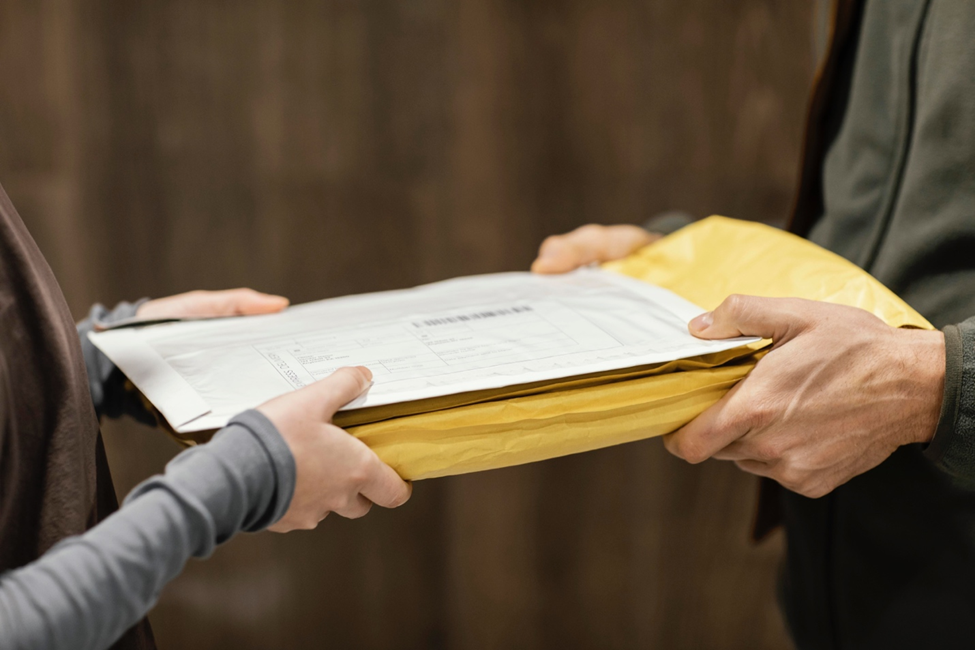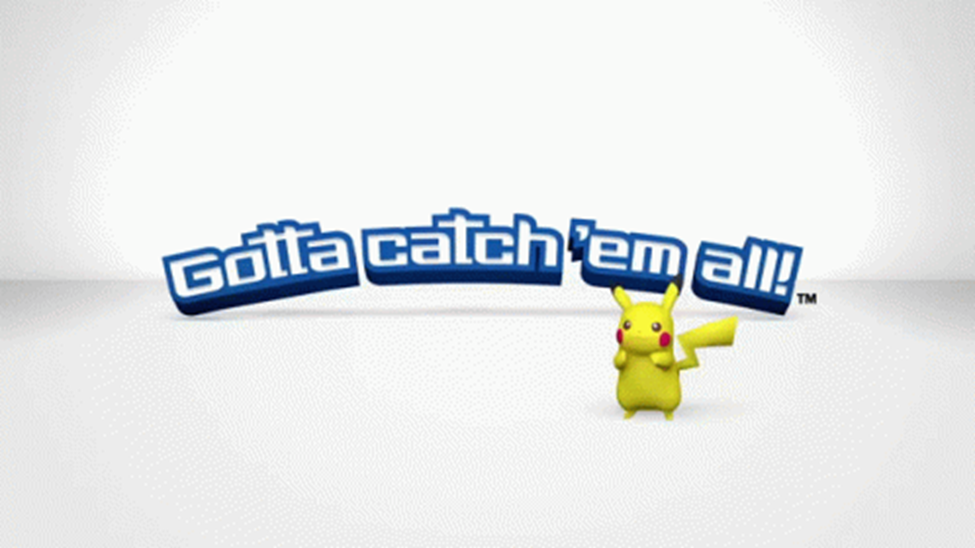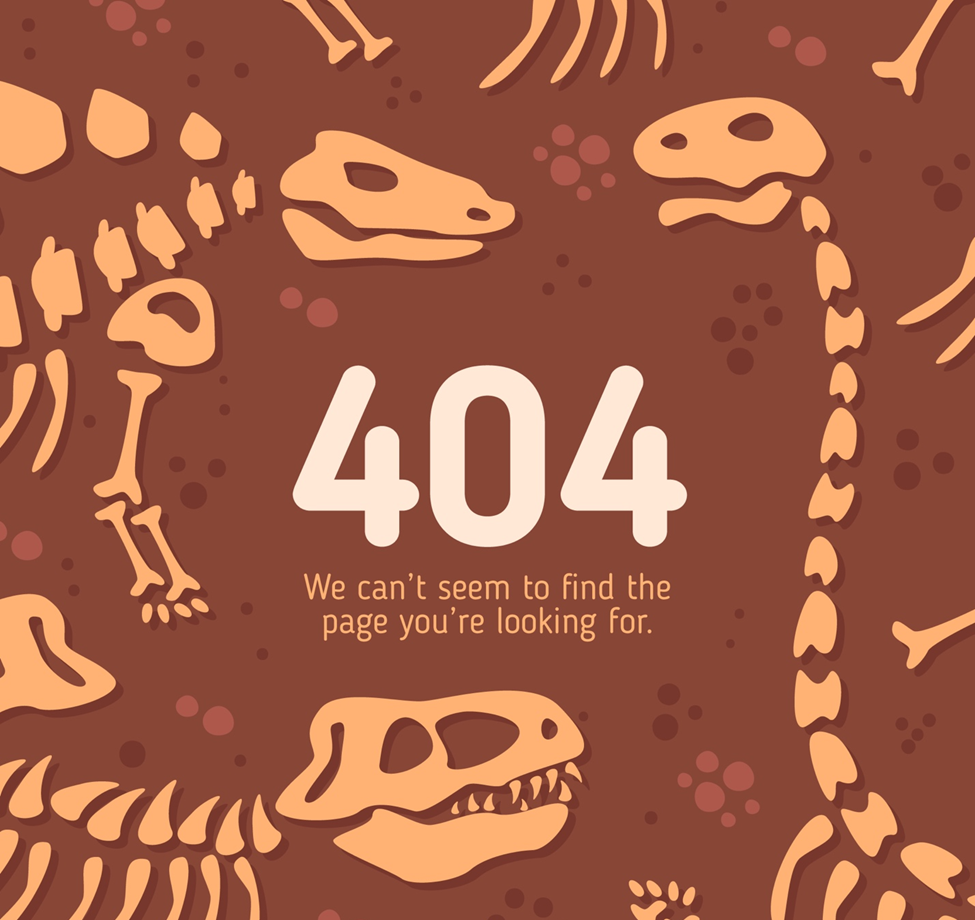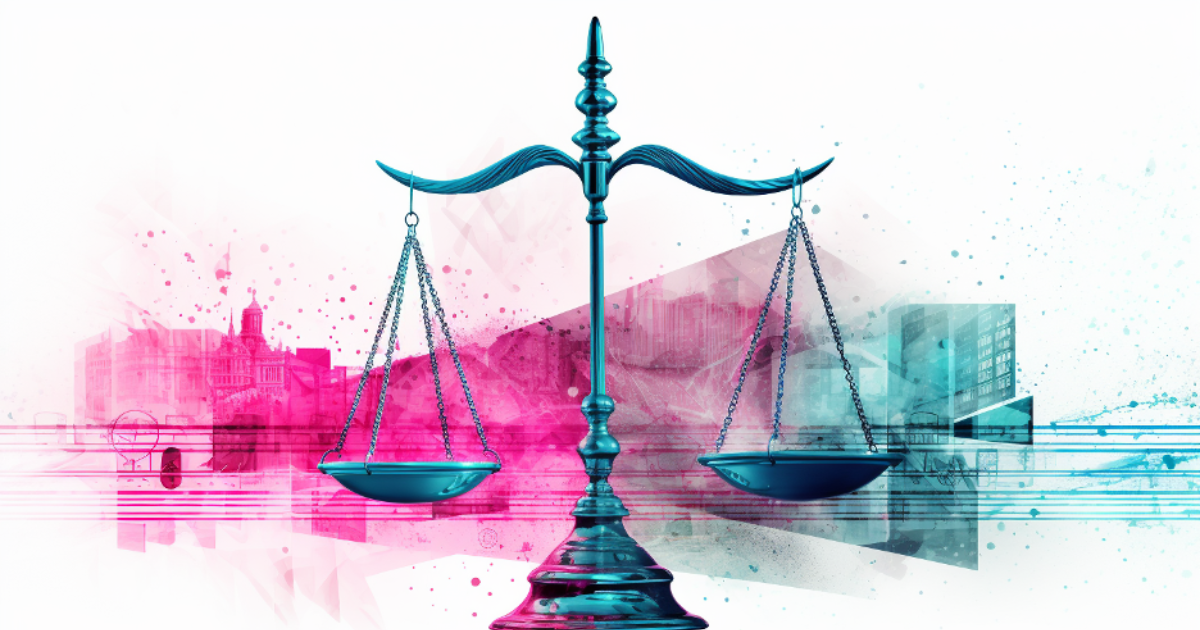10 Epic eDiscovery Tips Every Litigator Needs to Know
When it comes to the rapidly shifting tides of the Electronic discovery universe, it can feel a bit like navigating a minefield. but fear not. From the looming threat of spoliation sanctions to the sheer volume, variety, and velocity of data potentially relevant data. Electronically Stored Information (ESI) can create a whole host of discovery issues if a Litigator does not come prepared.
Whether you are a first-year attorney just diving into the choppy ESI seas of eDiscovery or a veteran who remembers when a Bates stamp was a physical device, this cheeky list has you covered.

1. Embrace the Tech, Don't Fear It
Seriously, tech isn't a boogeyman out to snatch your billable hours. While AI-powered technology can make you significantly faster, the real superpower is in arming you faster with the facts and insights necessary to win your case. Whether your law firm or corporate legal team brings the eDiscovery software directly in-house, or you engage and access the cutting-edge tech via a service provider, you will not regret leveraging tech to uncover relevant evidence faster.
Embrace platforms that streamline review, automate processing, and make your life easier. The quicker you do, the sooner you'll be sipping margaritas post-trial.

2. Become a Search Term Savant
Your eDiscovery tool isn't psychic, nor is it the famed “easy button.” Much like any other software, the tech works with what you give it. Spending the extra time to build precise and effective search terms is a great way to get the ball rolling at the outset. Whether you are using Boolean operators or iPhone easy search builders, this simple foundational step is key to whittling down the vast database of potentially relevant data in a case. A precision-guided keyword strategy is your BFF.

3. Document, Document, Document
No one wants to look at a Picasso when trying to understand your eDiscovery process. Keep it neat, clean, and well-documented so that even a five-year-old can follow what you did on a matter.
Documentation is your roadmap, your cheat sheet, and yes, your saving grace when you're knee-deep in an eDiscovery maze. A badly documented process is like trying to assemble IKEA furniture with a user manual in Ancient Greek. Good luck with that!

Documentation like so many other things in legal comes in many flavors, but here are a few of my faves:
Guidelines are a Goldmine
First things first: Create a document outlining every step in your eDiscovery process. We're talking from data identification to production and all the jazz in between. Use bullet points, timelines, or flowcharts—whatever floats your boat—as long as it's coherent.
Label Like You're OCD
Have a naming convention for your files, folders, and data sets. Say goodbye to "final_draft_v32" and hello to systematic labels like "ProjectXYZ_Emails_2023Q1." Put in place a consistent naming strategy across all platforms, and all matters. This consistency makes it easier to ensure important material does not fall victim to accidental deletion. And makes it easier for your team to find relevant information within your case file or matter.
Version Control is Your Time Machine
Your case team will make updates and revisions throughout the lifecycle of a case—that's a given. So, make sure you have a robust version control system in place. This way, you can revert to a previous state if something goes south or explain the course of events that got you to the final product.
This may seem like a no-brainer... but especially in a world of modern attachments (that may only reflect the most current version of a document... it is especially risky not to be employing consistent version control.
Track Your Changes
Whether you're working solo or in a team, use track changes or commenting features in your documentation software. This way, you'll know who did what and when.
Modern attachments as noted above are more like pointers to a living document. With the increase in collaboration on these modern documents like in One Drive or Google Docs, it is especially important to track changes. You can see who made changes and when. This may be less important in the document review itself but as you make work product is a must-do!

Checklists Aren't Just for Groceries
Have a checklist for each stage of your eDiscovery process. Done with ESI identification? Check. Completed Early Data Assessment or Applied Search Terms? Check. Checklists ensure you don't miss any critical steps. And they're a great reference for QC or creating an audit trail should the opposing counsel raise a flag about the defensibility of your eDiscovery process.
Role Allocation
Detail who is responsible for what. eDiscovery is a team sport, and every player should know their role. Clarify who's on first-pass review, who's handling QC. Get into the granular. Who is applying which analytics tools, coordinating with any outside legal service providers and more. The last thing anyone wants in a fast-moving eDiscovery matter is to be duplicative or standing on each other’s toes.
Test and Review
Before you say, "Voila, it's perfect," make sure to test your documentation. Can a teammate follow it without going cross-eyed? Excellent, you've passed the first real-world trial.

4. Get Besties with IT
Yup, you heard me! Take your IT guys and gals out for coffee. Understand their lingo, the architecture of data storage, and all that techy stuff. Trust me, this pays off. From legal hold to producing data to the opposing counsel, a strong relationship with IT can set the stage for a seamless discovery process.

5. The Early Bird Gets the ESI
Early Case Assessment (ECA) or Early Data Assessment (EDA)are your secret weapon. Use it wisely to get a snapshot of the Electronically Stored Information (ESI) landscape. Dig into your data and get to understand what you are dealing with from the outset. The sooner, the better.
Understanding the file types, locations of potentially relevant ESI. Scope, and scale of data is critical in effectively planning your eDiscovery workflow and eDiscovery document review. It can also serve as a not-so-secret weapon when you negotiate or exchange ESI protocols or discuss eDiscovery obligations at the 26(f) Meet and confer.

6. ESI is not a Pokémon, No Need to “Catch ‘Em All”
Your eDiscovery isn't a collector's edition of rare stamps or a picacho found in the wild. Be surgical when scoping ESI for collection or stipulating what you want from the opposing counsel.
Excessive data hoarding can be an albatross around your neck. Driving up cost and or enabling the opposing party to exert and prevail on claims that a discovery request is less than proportional. If broad collection is unavoidable, try to at least phase data processing. Prioritize what is promoted to more costly phases in the eDiscovery lifecycle.

7. AI Isn't Just for Sci-Fi
Yeah, I'm talking predictive coding and technology-assisted review (TAR). Get on the AI train because it's leaving the station, with or without you. You can go all in on Active learning and Generative AI or leverage more tried and true versions of machine learning and AI like concept clustering, social network analysis or Sentiment analysis. Either way massive efficiency and insights can be gained.
With the rapid expansion of data sources that are potentially discoverable, the volume of data created by custodians, and the complexity of emerging data sources AI is becoming a need-to-have instead of a nice-to-have.

8. Be The QC Queen (or King)
Quality Control—the unsung hero of the eDiscovery process. You want to give it the royal treatment it deserves, and I'm here to give you the keys to the QC kingdom! Quality Control shouldn't be an afterthought in eDiscovery because it can save your bacon!
There are several flavors of QC you should get acquainted with to set your matter up for accuracy and success:
Multi-Layer Checks
No one likes to do the same thing twice, but when it comes to QC, double or even triple-checking is your golden ticket. The first layer might be automated, catching glaring errors like missing metadata. The second could be manual, looking for contextual nuances that only the human eye can catch.
Random Sampling
Use statistical sampling to QC the documents that have been marked as non-relevant or privileged. It gives you an idea of the error rate in your categorizations. If you notice too many mistakes in your random samples, it might be time to revisit your review strategy.

Teamwork Makes the Dreamwork
Everyone on the QC document review team should be on the same page. Interpreting guidelines and tagging documents consistently. This is not a solo gig; it's a group concert. And finding harmony is equally important with a case team and a document review team. Conduct regular meetings to address questions and ensure everyone's in harmony.
Error Logging
Mistakes happen, but they don’t have to happen twice. Keep an error log and use it as a learning opportunity to refine your QC processes. It's like a cheat sheet for what not to do.
Post-Review QC
You thought you were done? Not so fast! Once you've completed your review and are about to produce, do one final QC sweep. It's the cherry on top that ensures you're turning over clean, accurate, and complete data.

9. Communication is Key, But Encryption is King
Keep that client data safe, fam. Encryption is not an "extra," it's a "must-have." Don't be the reason your firm gets headline fame for all the wrong reasons. With bad actors increasingly realizing the wealth of confidential and highly valuable data in many eDiscovery matters, the frequency of data breaches is only on the incline. Plan and take the steps necessary to keep client ESI safe.

10. Adapt or Go Extinct
The legal tech landscape changes faster than you can say "objection!" Keep up, adapt, and always be open to new methods and technologies. Whether it is reading awesome little blogs like this, or reading publications like Legal Tech news, attending webinars or befriending discovery dorks like yours truly... ensure you are always keeping up to date on the emerging caselaw and new data types dancing onto the discovery stage.
There you have it, the ten commandments of rocking eDiscovery. Put these into play, and you won't just survive the eDiscovery jungle—you'll own it!
Stay tuned for “10 More Epic eDiscovery Tips Every Litigator Needs to Know” next week.

